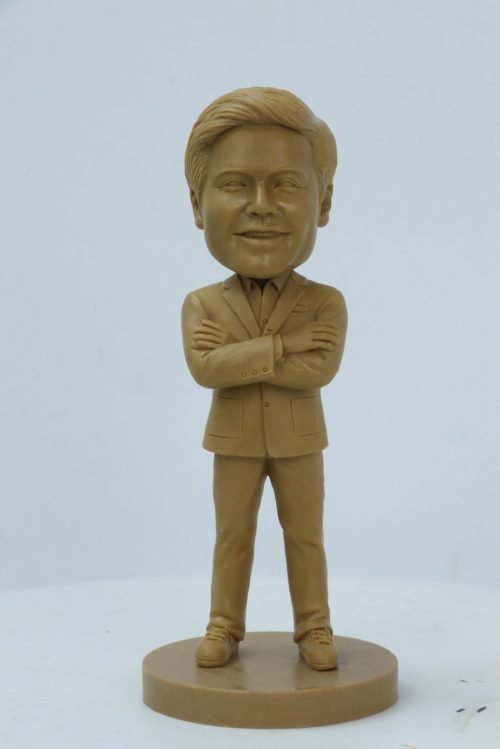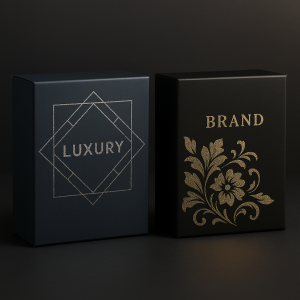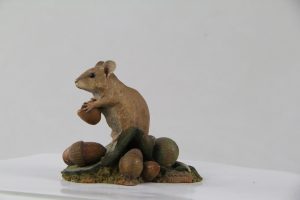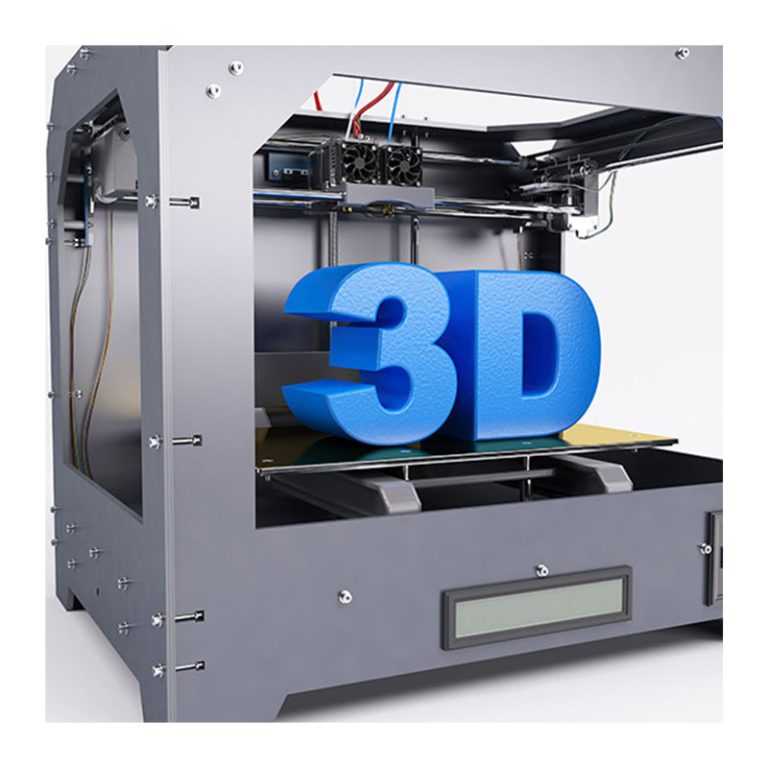
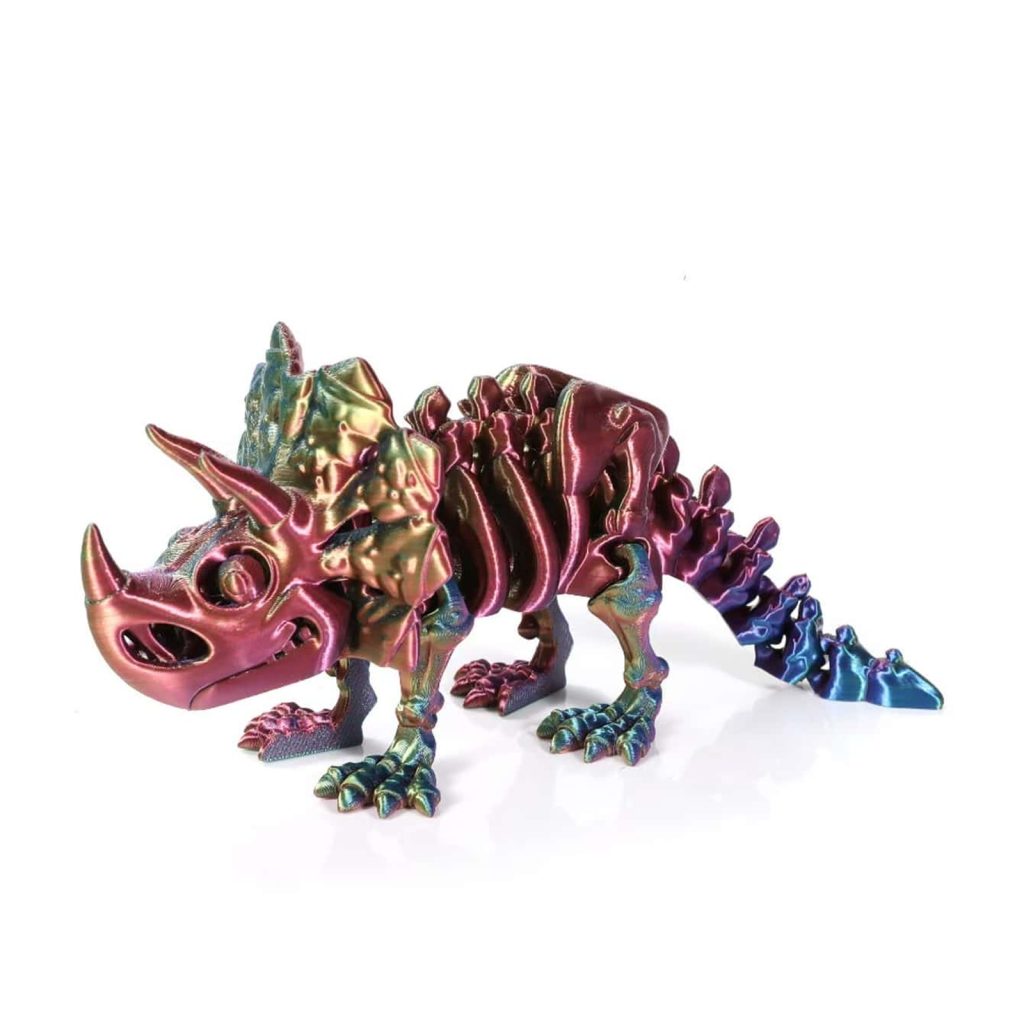
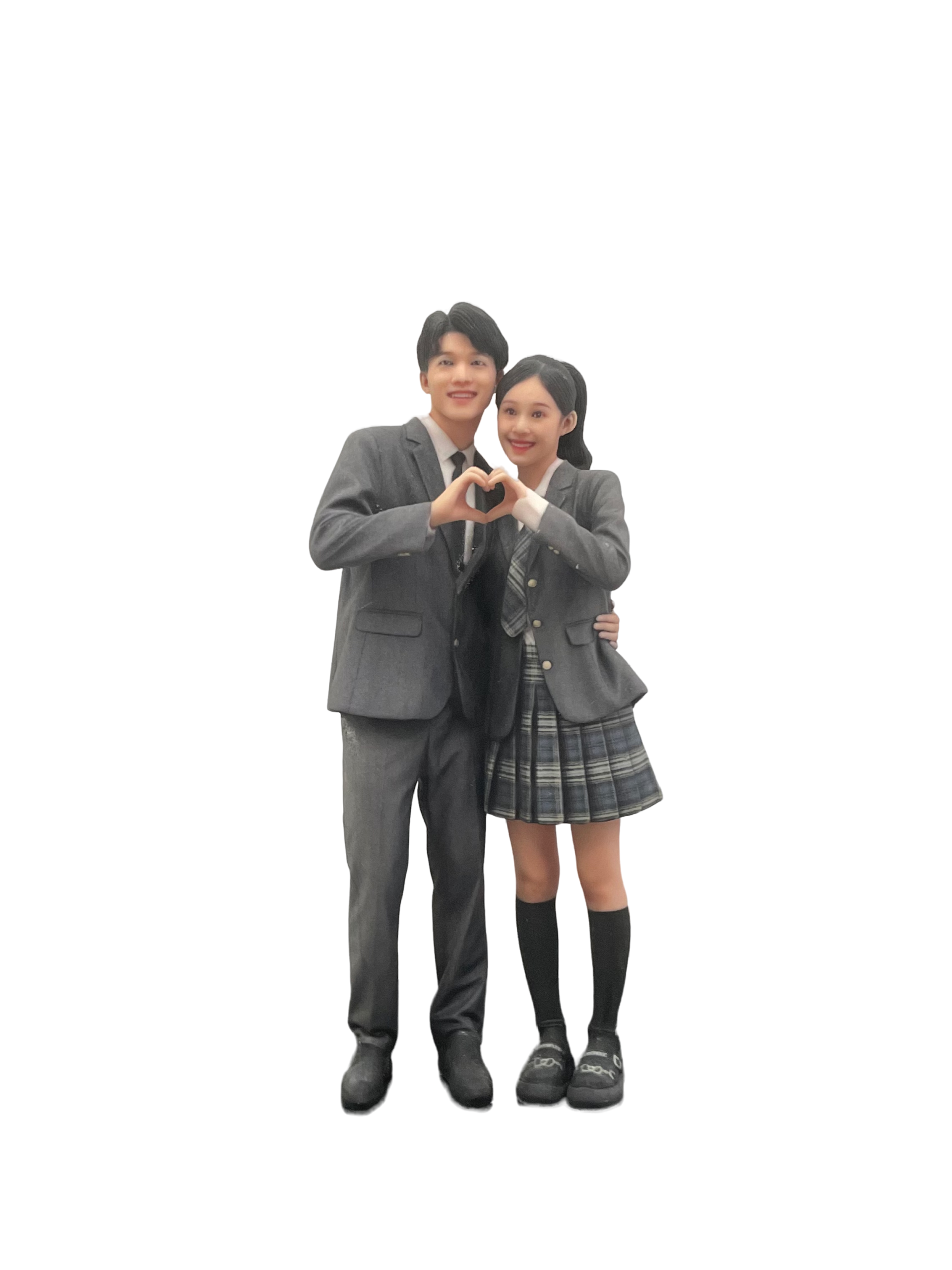
instagram:amjkkbobblehead
In recent years, the rise of 3D scanning and printing technology has brought revolutionary changes to the field of custom figurine production. Businesses and individual consumers alike are fascinated by the possibility of capturing lifelike details of real people through 3D printing. However, despite this technological innovation, traditional handcrafted sculptures by experienced artisans remain highly valued. Let’s explore the key differences between these two approaches.
-
- Production Process
3D Printing:
To produce a 3D-printed figurine, the individual must first undergo a detailed photo session, typically involving around a hundred photographs taken from various angles. These images are then converted into a digital model through advanced computer software. After meticulous digital refinement, the model is printed using a high-precision 3D printer. This method excels in accurately replicating fine details, including clothing textures and minute facial expressions.
Handcrafted Sculpture:
Conversely, traditional handmade sculptures are crafted directly from photographs by skilled sculptors. Masters with over 20 years of experience meticulously shape each figure manually, relying on keen observation, artistic intuition, and expert sculpting skills. Once sculpted, molds—first plaster, then silicone—are created from the original sculpture. Each figure is subsequently cast in resin and carefully hand-painted to achieve a lifelike finish.
-
- Detail and Artistic Expression
3D Printing:
3D technology allows for precise reproduction of photographic realism, ideal for clients who prefer exact digital replication of their appearance. However, it might lack some artistic nuances and interpretive qualities present in handmade art, often resulting in a product that feels more mechanical than artistically expressive.
Handcrafted Sculpture:
Traditional sculpting embodies the artist’s personal touch, where the sculptor infuses each piece with creativity and nuanced interpretation. Subtle details, expressions, and emotional depth are uniquely captured, offering personalized charm and greater artistic value.
-
- Production Time and Cost
3D Printing:
While the initial setup for 3D printing—digital scanning and modeling—can be time-consuming, once set up, the production itself is relatively quick. Costs are typically consistent, primarily influenced by printer capabilities and material quality.
Handcrafted Sculpture:
Traditional methods involve significant manual labor, which can extend production timelines. Each piece is unique, making the overall process more labor-intensive and potentially higher in cost. However, the result is an unmatched, one-of-a-kind collectible.
-
- Consumer Preferences
Clients seeking precise photographic realism, consistent mass production, and rapid turnaround typically gravitate towards 3D printing. Conversely, customers who value unique artistic expression, craftsmanship, and collectible authenticity prefer handcrafted sculptures.
-
- Sustainability and Material Use
3D Printing:
3D printing often utilizes specific types of resin and plastics that can be selected for durability and aesthetic purposes. While some 3D printing materials are recyclable, others may pose environmental challenges.
Handcrafted Sculpture:
Handcrafted methods primarily use resin and silicone molds, which offer robust and long-lasting quality. However, responsible sourcing and recycling options can be integrated, contributing positively to sustainability goals.
Conclusion
Both 3D printing and traditional handcrafted sculptures offer distinct advantages. The former delivers technological precision and consistency, while the latter provides artistic uniqueness and emotional depth. Ultimately, the choice between the two methods depends on client preferences and the specific purposes for which these figurines are intended. Businesses should carefully evaluate their target audience’s expectations and values to choose the most suitable method. Whether prioritizing technological innovation or artisanal craftsmanship, understanding these differences is crucial to making informed decisions and meeting market demand effectively.
